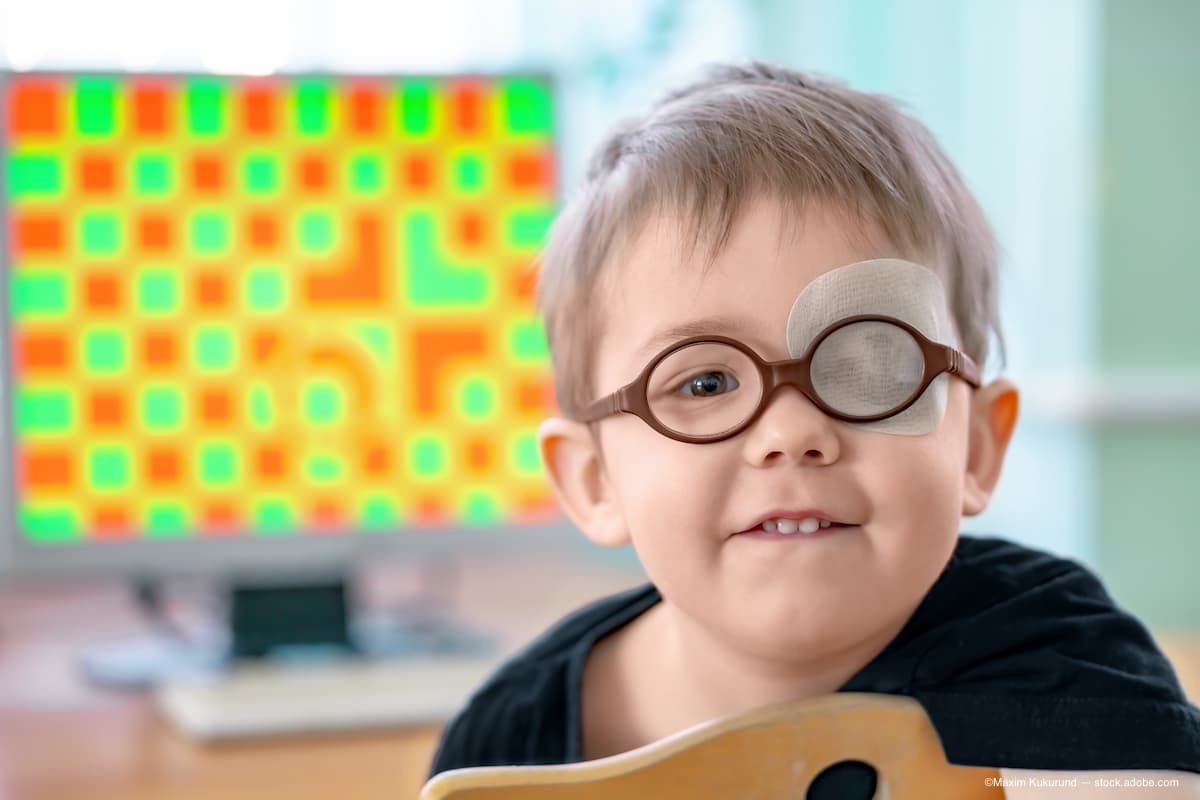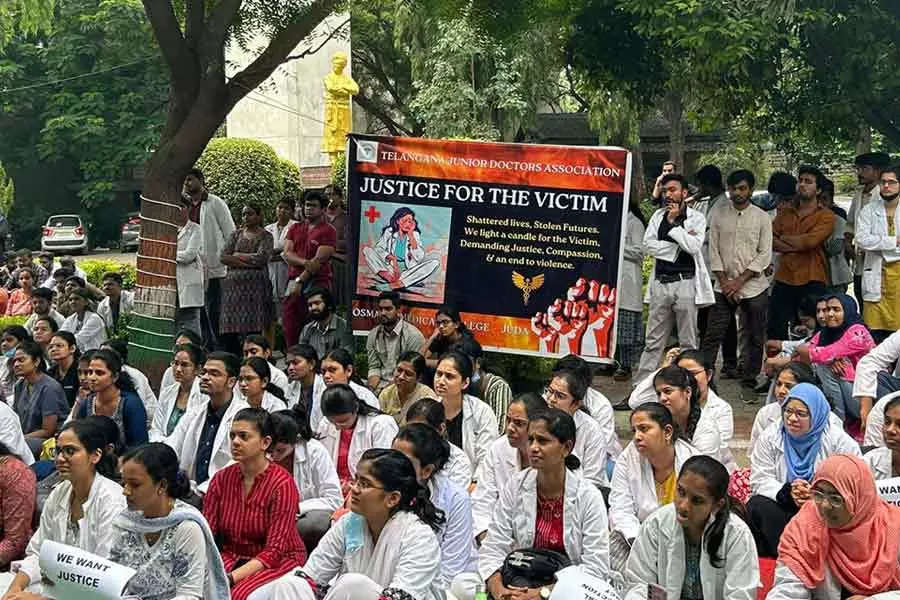(Image Credit: AdobeStock/Maxim Kukurund)

Reviewed by Carolina Picotti, MD
A recent study found that dichoptic training, a relatively new therapy for amblyopia, achieved improved visual acuity (VA) and binocularity in children and adults with anisometropic amblyopia using a digital platform,1 according to first study author Carolina Picotti, MD. She is from the Hospital Regional Dr Louis Pasteur Villa María, Córdoba, Argentina.
The investigators explained that this therapeutic option provides a simultaneous and separate stimulation of both eyes to eliminate the interocular suppression, which has a primary role in the development of amblyopia.2 Using this technology, the contrast in the eye without amblyopia is decreased during stimulation to achieve a balance with the eye with amblyopia. The interruption or weakening of binocular vision during childhood due to a factor such as anisometropia can promote different levels of interocular suppression that are associated with varying levels of reduction in the VA.3
She and her colleagues conducted a prospective noncomparative study in which they evaluated how well dichoptic training worked in amblyopic patients over a large age range using this platform. A total of 41 patients with anisometropic amblyopia, aged 6 to 60 years, were evaluated with this treatment. The participants were divided into 2 groups based on age. Children were defined as aged 6 to 16 years (n = 24) and the adults were 17 years or older (n = 17).
According to Picotti, all patients were treated with the Bynocs platform (Kanohi Eye Private Ltd) that called for a protocol of 30 sessions of training. Each session was conducted for 30 minutes 5 times weekly for 6 weeks, she said. The researchers measured the changes in the corrected distance visual acuity (CDVA) and the binocular function score following treatment.
Bynocs is an online platform that includes a variety of games based on dichoptic stimulation and using different environments. This approach allows children to play as an effective stimulation is performed, the researchers explained.
During the first 10 sessions, dichoptic exercises were prescribed that included scenes (SuperCar, SuperMan) that were mostly seen by the dominant eye (use of red-blue goggles for dissociation), whereas a crucial stimulus for the performance of the game was only seen by the nondominant eye, according to the investigators.
When this part of the therapy concluded, stereopsis (SuperBee) and fusional vergence exercises were included in the daily protocol of training. The size of the stimuli and the duration of each exercise (maintaining a total training time of 30 minutes) could be modified according to the patient’s level of progression.
Stimulation results
The investigators found that the CDVA in the amblyopic eye improved significantly in all patients regardless of age. Specifically, they reported a significant (P < .001) mean change of 0.30 in the logarithm of the minimum angle of resolution VA; the change in the CDVA was correlated significantly with the baseline CDVA in the amblyopic eye (r = –0.568; P < .001). The authors also reported a significant (P < .001) improvement in the binocular function score of 1.14 log units after treatment.
Group comparison
When the results in the pediatric group were compared with those in the adult group, no significant differences were found in the changes achieved with therapy in the CDVA (P = .431) and binocular function (P = .760). In commenting on the results, the authors concluded, “Dichoptic training with the digital platform evaluated provides an effective improvement of VA and binocular function in children and adults with anisometropic amblyopia.”
They also offered some caveats. “This study was conducted in a sample of Argentinian children and adults, and the results obtained should be considered with care and confirmed in other samples including [persons] from different ethnic groups to confirm [whether] the effect of amblyopia treatment is affected or not by ethnicity. To this date, the efficacy of this option of treatment has been also confirmed in a pediatric population from India.”4










